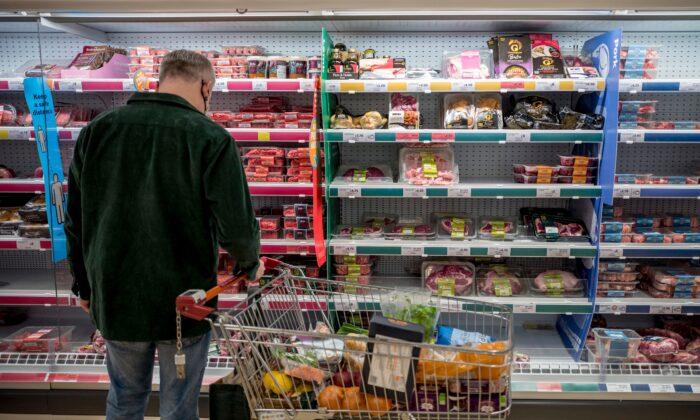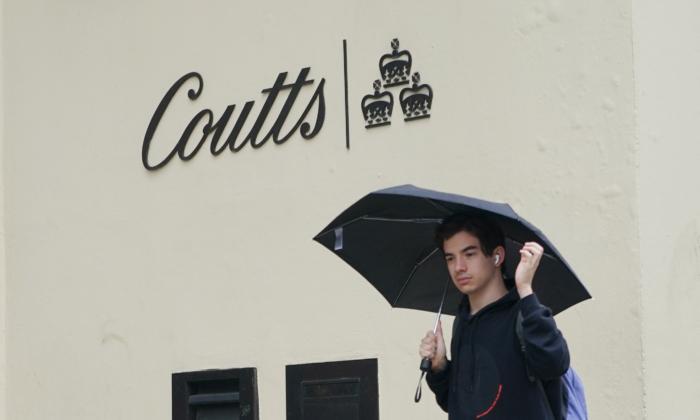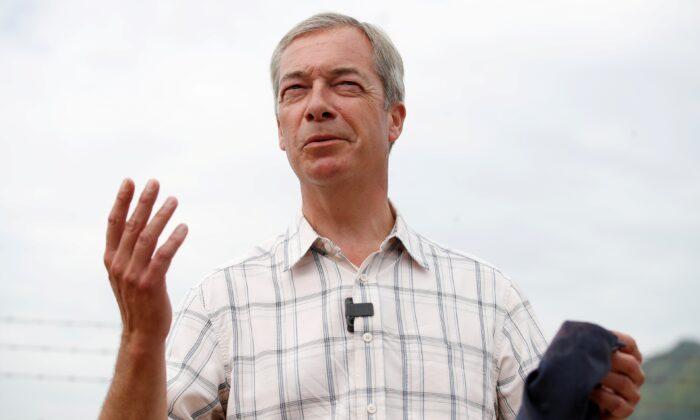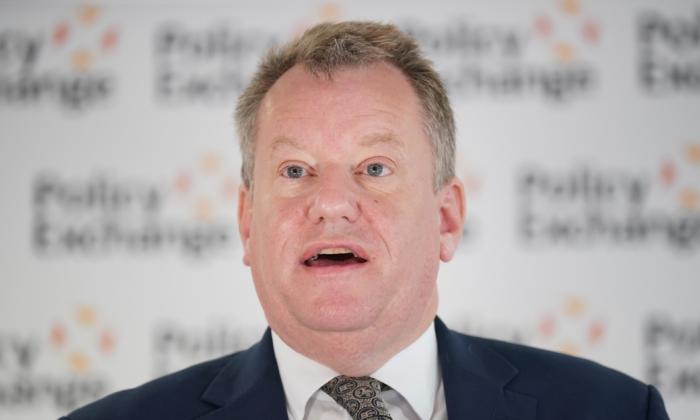Food inflation in the UK accelerated to record levels during the Christmas season that was “challenging” for many households, an industry body has said.
In December 2022, food inflation rose to 13.3 percent, up from 12.4 percent in November. It is the highest inflation rate in the food category on record, according to the latest BRC-NielsenIQ shop price index, which is compiled by the British Retail Consortium (BRC) and business consultancy NielsenIQ.
The price inflation for fresh food accelerated even more rapidly. It rose to 15 percent in December, up from 14.3 percent in November. It is also the highest inflation rate in the fresh food category on record.
The prices of ambient food, such as pasta and tinned food, increased by 11 percent in December against the same month a year earlier, also setting a new record.
BRC Chief Executive Helen Dickinson said: “It was a challenging Christmas for many households across the UK. Not only did the cold snap force people to spend more on their energy bills, but the prices of many essential foods also rose as reverberations from the war in Ukraine continued to keep high the cost of animal feed, fertiliser, and energy.”
The latest index shows that overall shop price inflation eased slightly from 7.4 percent in November to 7.3 percent in December. But it remains close to record highs.
The overall easing was owing to the deceleration in non-food inflation, which dropped to 4.4 percent from 4.8 percent in November.
Weakening Consumer Demand
She said that 2023 will be “another difficult year for consumers and businesses as inflation shows no immediate signs of waning.”Though retailers will “continue to work hard to support their customers and keep prices low,” she said, “further high investment in prices may no longer be viable once the government’s energy bill support scheme for business expires in April.”
She urged the government to “urgently provide clarity on what future support might look like,” adding that consumers might have to pay the price as retailers could see their energy bills rise by £7.5 billion ($9 billion) when the scheme expires.

Mike Watkins, head of retailer and business insight at NielsenIQ, also expected consumer demand to weaken in the New Year.
He said: “Consumer demand is likely to be weak in Q1 due to the impact of energy price increases and for many, Christmas spending bills starting to arrive. So the increase in food inflation is going to put further pressure on household budgets and it’s unlikely that there will be any improvement in the consumer mindset around personal finances in the near term.
Soaring Household Borrowing
The rising cost of living also led to soaring credit card borrowing in the pre-Christmas period.In November 2022, UK households borrowed an additional £1.5 billion ($1.8 billion) in consumer credit, jumping from £748 million ($900 million) in October, according to Bank of England figures.
The additional borrowing in November was split between £1.19 billion on credit cards—the highest total since £1.28 billion was borrowed in March 2004—and £317 million borrowed through other forms of credit such as car dealership finance and personal loans.
Karim Haji, a financial services head at KPMG said: “While this time last year we were breathing a sigh of relief that the worst of the pandemic was behind us, that optimism now seems a dim and distant memory. We enter 2023 cautiously with a subdued economy expected to last well into the year.”
He added, “Whilst this year’s Christmas discretionary spending will have been sacrificed, inflation on essentials and the increased cost of energy means debt is still being accumulated for food, lighting, and staying warm.”
Some 46,100 mortgage approvals for house purchases were recorded in November, down from 57,900 in October.
Gareth Lewis, commercial director of property lender MT Finance, said: “These figures clearly show the squeeze consumers are facing.
“[House] purchase approvals are down, showing that many people stopped and took stock in November as rates continued rising, wondering how high they were going to go and whether they could afford the purchase they were considering.
“Those who aren’t forced into a move may well be wondering whether they should put that purchase on hold for now and wait until the outlook becomes clearer.
“The increase in credit card debt reinforces this as the cost of living has increased alongside interest rates.”





